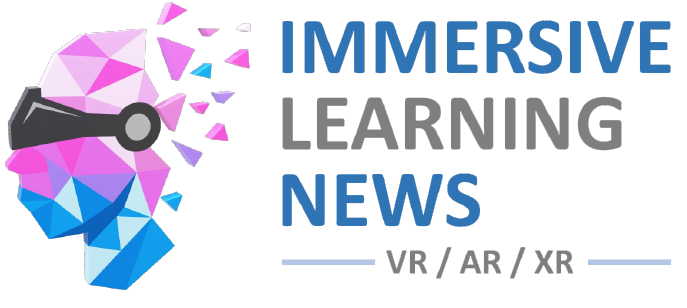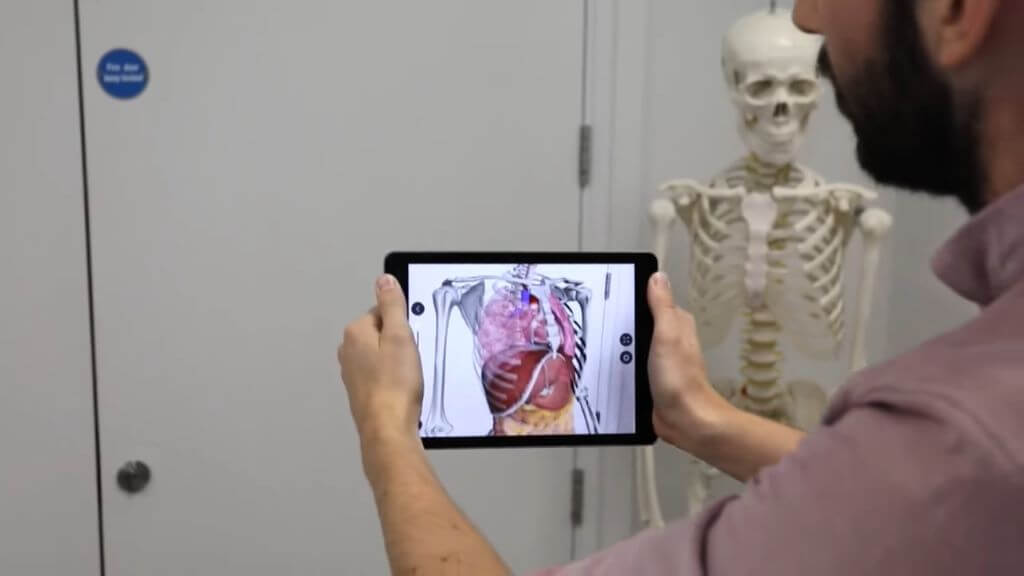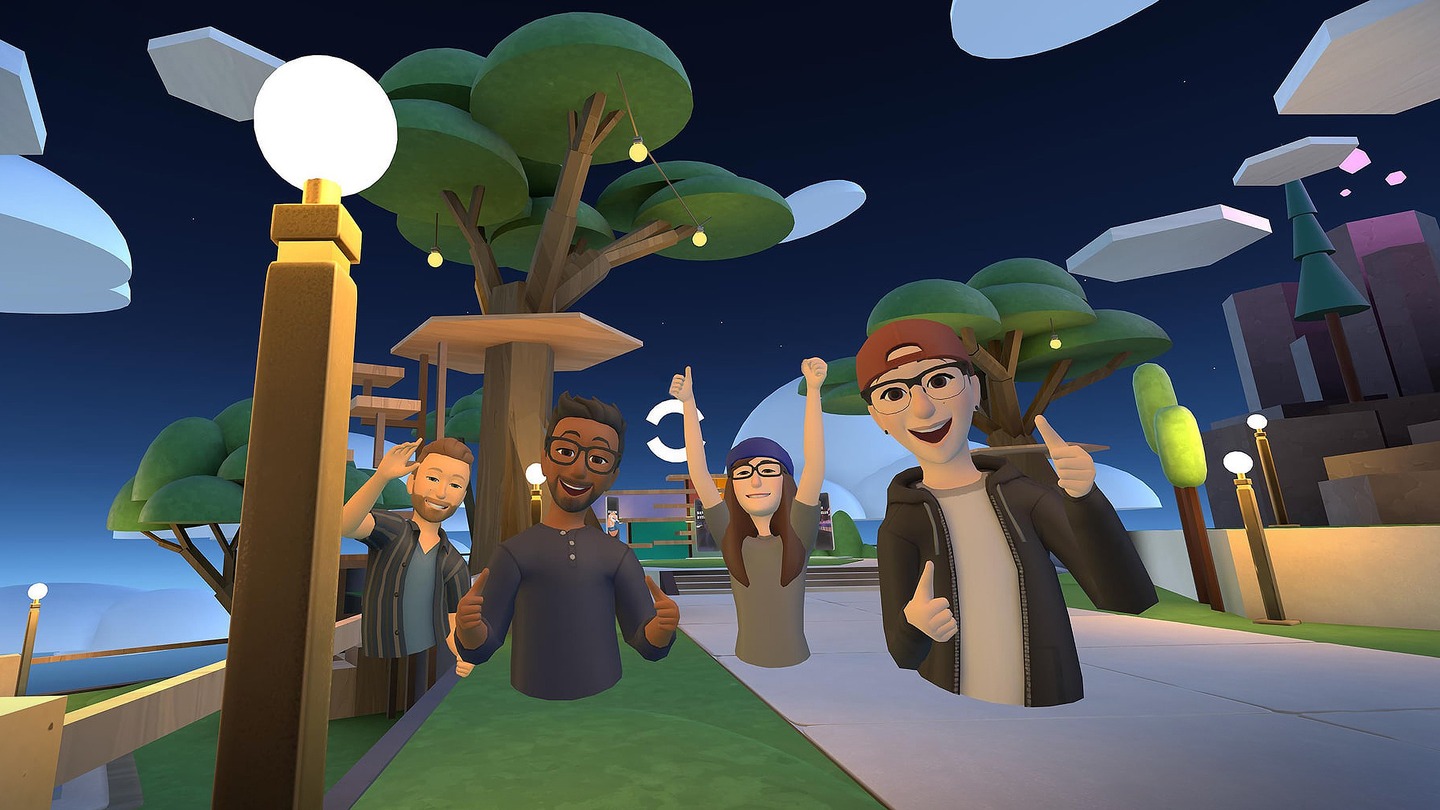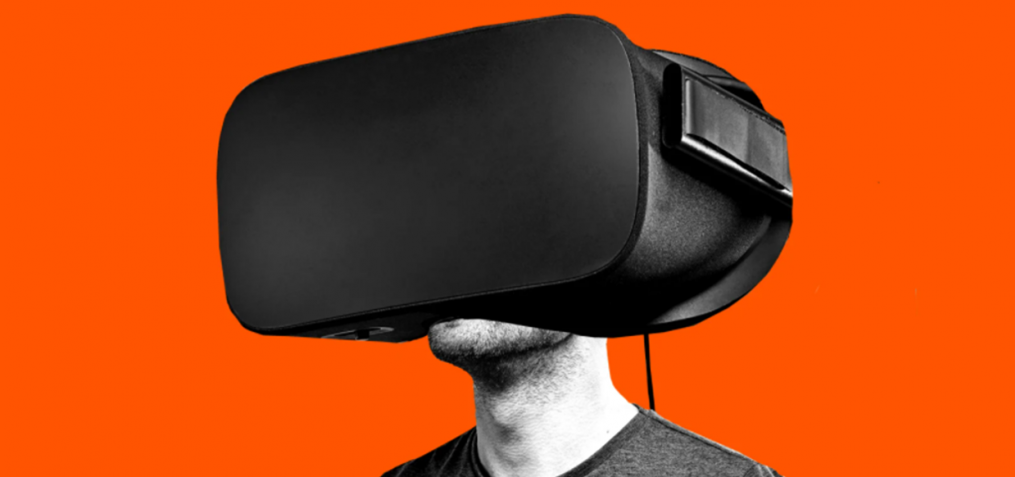Augmented reality offers unique learning experiences, enabling medical students to explore and better understand the human body.
In recent years, we have been seeing growing interest in the applications of augmented reality beyond the world of gaming. There is, for instance, increasingly prominent utilization of AR in education.
AR’s immersive nature offers limitless opportunities to spice up boring classroom lectures—and of course, enhance learning. Hence, it’s no surprise that educators from all levels of education are experimenting with it.
That includes medical school.
Following the decline of cadaver-based teaching, educators have been seeking new ways to teach anatomy effectively. AR has proven to be useful in this field. Various institutions have been experimenting with immersive technologies. They’ve been implementing such technologies as part of multimodal, multimedia approaches to anatomy teaching.
Here, we will explore the use of AR in anatomy teaching.
Augmented Reality Applications in Anatomy Teaching
Complete Anatomy is arguably one of the most powerful AR apps in anatomy education. It delivers virtual models of the human body based on classic textbooks and anatomical papers. The creators, 3D4Medical, use the best resources possible to ensure accuracy.
Students can explore the body down to the cellular level. You can discover all the different types of cells and the roles they carry out that are essential to everyday living. Furthermore, you can select specific organs and see them at work. For example, you can view the heart in action. You will see how blood circulates with the real-time beating of the heart.
Perhaps the best part is that it offers 200+ hours of expert-led lectures. After in-depth lessons, you can test your knowledge by taking quizzes.
Another app that simulates cadaveric dissection is Human Anatomy Atlas. Visible Body created the app to provide students an alternative for cadaver-based learning. With an Android or iOS phone, anyone can access it.

Students can turn any room into a lab. You can, for instance, explore different body systems and dissect virtual cadavers. Using the app, you can learn the various functions of organs. Moreover, you can dissect the organs of your choice—brain, heart, and eyes, to name a few.
Takeaway
As universities all over the world suspend classroom lessons due to the COVID-19 pandemic, AR has never been more important to education. It enables students to receive the same quality of lessons they would receive in a lab. Moreover, you can access much-needed resources anytime and anywhere.
Since augmented reality doesn’t necessarily require expensive headsets like virtual reality, you can use its applications without breaking the bank.
AR is slowly taking over the field of medicine. Whether it’s in the operating room or the classroom, immersive technology is empowering medical professionals. It is expanding their knowledge and providing them with opportunities to practice. Using AR, doctors can delve into health issues and cases that they will be treating one day.
Quelle:



